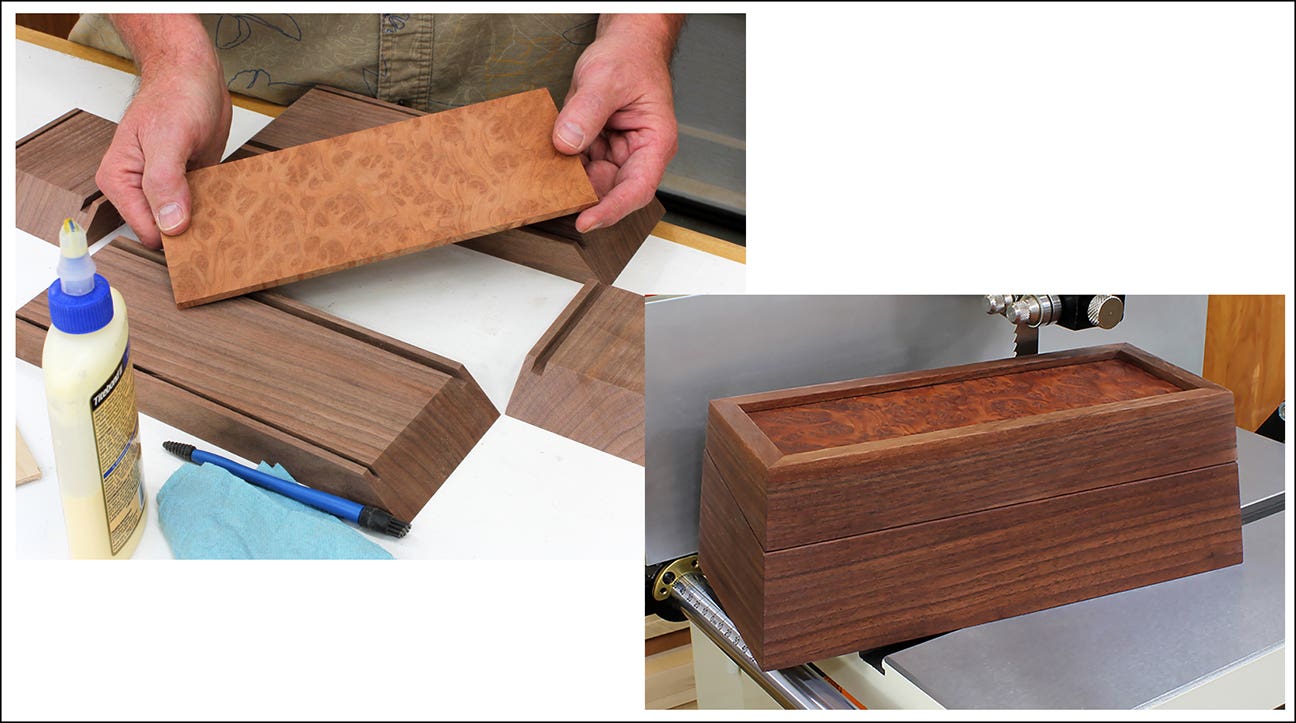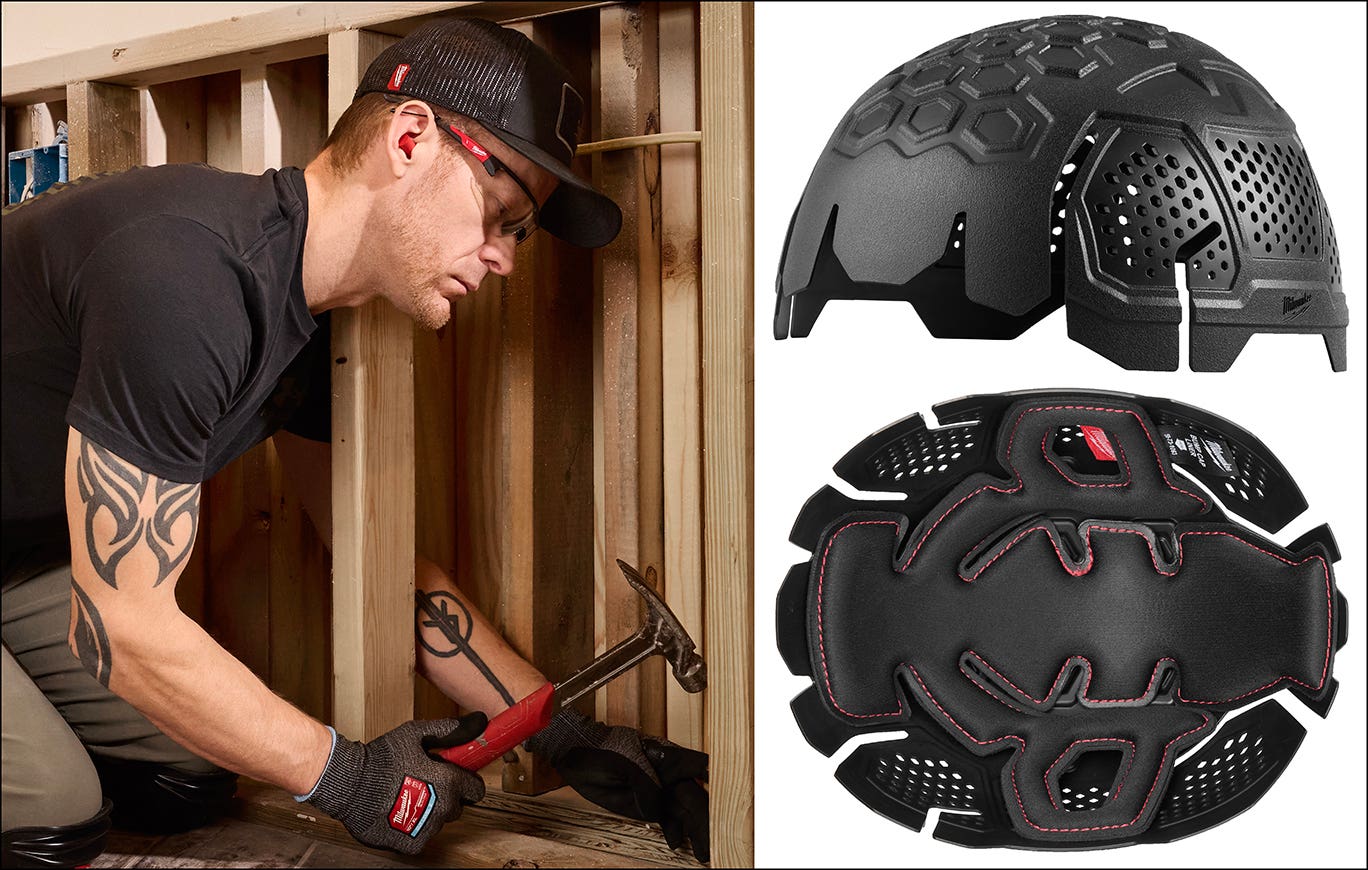Consumer advocacy groups join the attack on strippers
In the March 2017 issue of Woodshop News, I wrote about the efforts of the EPA to eliminate paint and coatings removers that contain methylene chloride or n-methyl pyrrolidone (NMP) from the consumer market.
In the March 2017 issue of Woodshop News, I wrote about the efforts of the EPA to eliminate paint and coatings removers that contain methylene chloride or n-methyl pyrrolidone (NMP) from the consumer market. I recounted how this effort had been going on for more than 25 years and is based on the unsubstantiated claims that exposure to methylene chloride can cause cancer and the fairly well substantiated claims that exposure to NMP can lead to reproductive problems in pregnant women.
This effort by the EPA continues, but in the meantime, there’s been an interesting turn of events. Now it’s consumer advocacy groups pressuring retail suppliers to stop selling these strippers. And these groups have apparently succeeded with Lowes, Home Depot and Sherwin-Williams. Each of these chains has announced that it is ceasing to sell these categories of strippers.
The reason given isn’t that they cause cancer, but that a number of people have died while using methylene chloride strippers to strip bathtubs in a closed bathroom. The EPA estimates 40 deaths since 1975. The Center for Public Integrity estimates 56 deaths since 1980. By doing the math, this comes to between one and two deaths per year depending on which figures you use.
The cause that’s usually given is the victim putting his or her head down into the bathtub while working. Methylene chloride fumes are heavier than air, so doing this increases exposure significantly over what might have built up in the room. Methylene chloride metabolizes to carbon monoxide in the blood, which replaces oxygen and can lead to a heart attack, especially in people who have heart problems.
You should never use a methylene chloride stripper (or any solvent, for that matter) without good air movement, in one door or window and out another, or outside.
Assuming these chain stores go through with their intentions, it will leave just one category of effective strippers available, those that are highly flammable.
A little history
It used to be that furniture stripping was done with flammable solvents or by scraping off the coating. The scraping was done with pieces of glass, not with the modern steel card scrapers we use today. The scraping couldn’t help but also remove the top surface of the wood, which includes whatever color or marks that show the age and give the furniture much of its value.
In 1946 a fellow named William M. Barr invented a new paint stripper based on the non-flammable solvent, methylene chloride. It quickly took off in the marketplace because it was such a huge advance over the flammable solvents. This advance was probably the biggest ever made in paint strippers. At least, I can’t think of others that are equivalent.
Methylene chloride is also an exempt VOC, so it is more environmentally friendly than the flammable solvents. But this was not an issue in 1946.
The success of this stripper led Barr to start a company that still exists today, WM Barr. The brand name you might associate most with this company is Klean-Strip.
Back to the present
The consumer advocacy groups seem to be led by Safer Chemicals Healthy Families, which claims to be a coalition of 450 organizations comprising 11 million members. Other cooperating advocacy groups may include Resources Defense Council and Mind the Store.
Apparently, they wrote letters to the chain stores asking them to stop selling strippers containing methylene chloride or NMP and that was enough to be successful with these three big retail chains. I guess the chains reasoned that these strippers weren’t big enough profit makers to be willing to upset a large number of their customers.
Sherwin-Williams issued the following statement: “Our customers are our No. 1 priority at Sherwin-Williams, so we are eliminating methylene chloride paint strippers from our stores. We have several effective alternatives available to serve your project needs.” Sherwin-Williams doesn’t carry strippers based on NMP.
I would assume that Lowes and Home Depot would say something similar, but I haven’t come across it.
My comment
First, these stores carry all sorts of dangerous stuff. I’ll just point out one: ladders. Three hundred people a year are killed in falls from ladders and 164,000 go to emergency rooms. Remember that only one-and-a-half people die a year from acute exposure to methylene chloride. And though every life is valuable, these figures undercut the reasoning.
Second, I’ve been using strippers based on methylene chloride for over 40 years and those based on NMP for nearly 30 years, since they became available. I’ve used these in small quantities, more like an amateur would, not like a professional stripping and refinishing shop. I’m quite familiar with these strippers and their effectiveness.
If Sherwin-Williams were really making my needs its No. 1 priority, it would let me choose what to use, maybe with an instruction to not use for stripping bathtubs. (Some suppliers are actually doing that now.)
Contrary to its claim, there aren’t any equivalent alternatives. As I’ve pointed out previously, all are either highly flammable, or they are weak and contain a lot of water. Leaving these strippers on the wood for a considerable time to give them the chance to soften the film causes harm, especially if stripping veneered surfaces.
Very old furniture and woodwork were typically finished with either shellac or lacquer, which don’t require the strongest strippers to remove. But over the last several decades professional refinish shops have increasingly replaced these finishes with high-performance catalyzed lacquers and varnishes because of their increased durability. And this doesn’t take into account newer furniture and woodwork finished with high-performance finishes, or paint.
So, when these coatings start deteriorating, as all do, and need to be replaced, the only available products that will remove them may be lye, (which is destructive to the wood and joints and dangerous to work with), flammable strippers, and sandpaper, which is destructive to patina and wood decoration, such as carvings, fretwork and turnings.
Concerning flammability, this is a real issue. I haven’t found any statistics, but I have had direct experience. A number of years ago one of my furniture restoration clients hired a painter to strip the paint from the wood trim and paneling in several rooms of a very nice house.
After applying the flammable stripper to a section of one room, the painter flipped on a light switch, which sparked and started a fire that couldn’t be extinguished before half the house had been destroyed.
Lastly, I want to mention that until the EPA acts further, methylene chloride and NMP strippers should continue to be available at independent paint stores. They are not likely to bow to the pressure from lobbying groups.
Bob Flexner is the author of “Understanding Wood Finishing” and “Wood Finishing 101.”
This article originally appeared in the October 2018 issue.






